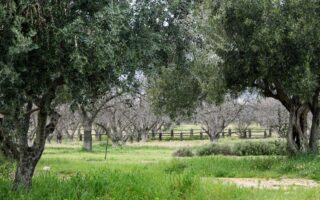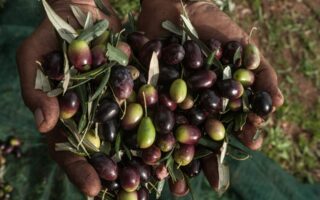The caretakers of the precious mastic tree
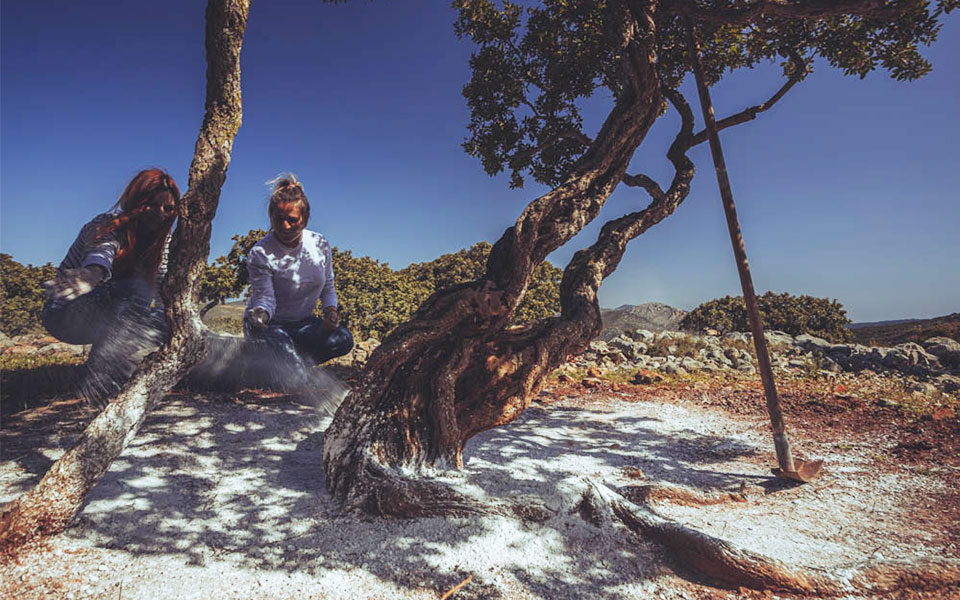
The word “mastiha” was in almost every sentence of our discussion, with the maritime theme coming not too far behind. “I would have been a sailor,” admits Yannis Mandalas, who was born and raised on the eastern Aegean island of Chios. “We had a lot of sailors in the family. Someone is missing from almost all our photographs. Only rarely was everyone together.” It was a life lived between the sea that kept his people apart and the resin of the native Chios mastic tree (Pistacia lentiscus), or mastiha, that brought them together. “It is known for its adhesive qualities, after all,” he quips.
Mandalas is the CEO of Mediterra, a company founded in 2002 as a subsidiary of the Chios Association of Mastiha Growers, and founder of Greece’s first Mastiha Shop. When he took over at the company’s helm, he vowed to elevate mastiha from a local product to a nationally and internationally renowned one. He explored ways to enrich and modernize its uses, to elevate it into a success story, and to support research and innovation. Today there are eight Mastiha Shops across Greece and five abroad, where, however, operations were halted by the pandemic.
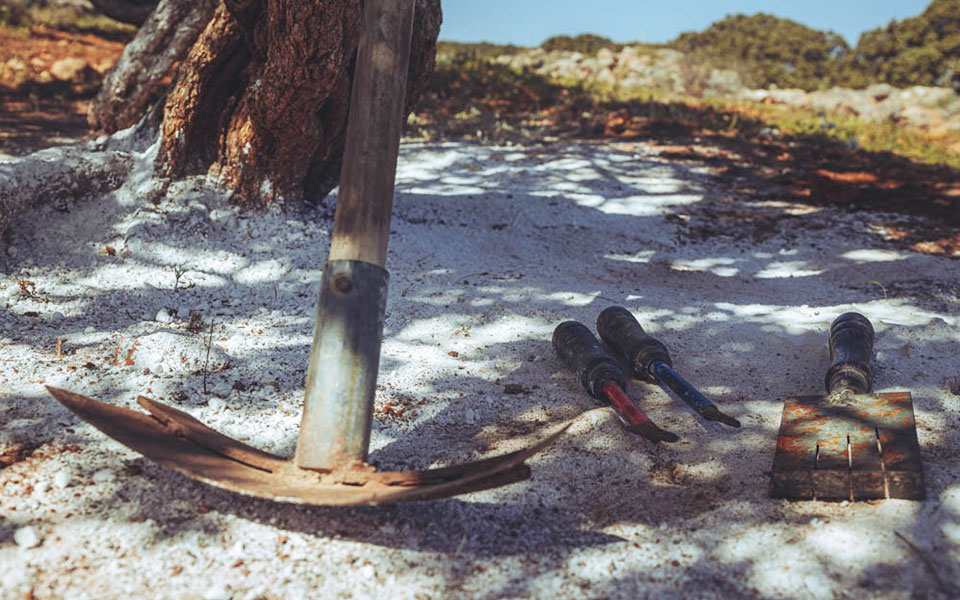
Two years ago, you said that mastiha was experiencing its glory days. Is that still true?
The pace of growth did not ease during the pandemic and exports are thriving. Demand from Asia and North America, where it is used mainly in the production of pharmaceutical products, has been important. Since the launch of the first Mastiha Shop 20 years ago, we have hit our targets of doubling production and quadrupling the price for the grower. Production stood at around 90 to 100 tons at the start of 2000 and now it’s at nearly 220, with demand being at more than 260-270 tons. The conditions are being developed for even more plantings in southern Chios and for more growers. The soil can take it. There are a few issues, like the distribution of land parcels – it’s one thing to have 1,000 trees in 20 fields and another to have them all in one. The tree population right now is close to 1.5 million, despite the fires, setbacks and other problems.
There were just a handful of mastiha products when we were starting out 20 years ago, the most popular of which – apart from chewing gum – was “ypovrihio” [literally “submarine,” a fondant eaten off a spoon and chilled in a glass of water], best enjoyed at a kafenio in the summer! We started Mastiha Shop out of a need to showcase its different applications. There weren’t that many in Greece at the time. We traveled around the eastern Mediterranean and watched what happened when the mastiha arrived in countries like Lebanon, Turkey or Saudi Arabia. But Chios is the birthplace of mastiha and the only place in the world where it thrives. The relationship between the tree, which can live up to 150 years, and the people is very important. You may get five generations of the same family tending to the same tree. It’s a bond that’s difficult to describe.
What do you find so fascinating about it?
It’s multiple uses. Few plant-based products have so many different applications. I would dare compare it to vanilla, though mastiha also has pharmaceutical and healing properties. What we do is highlight all of its different facets.
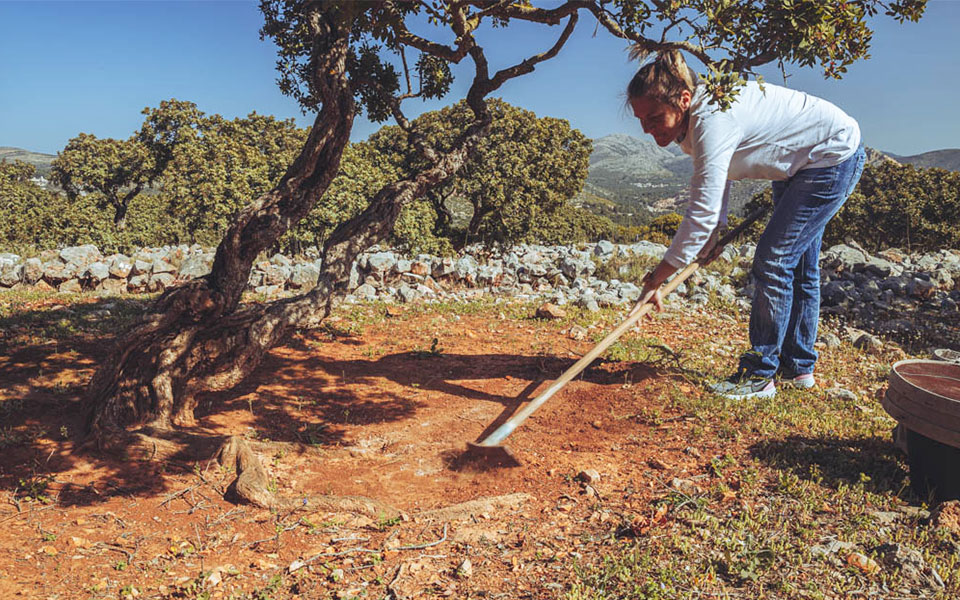
How would you describe them?
Culture, tradition, beauty, nutrition and health. We could even call it a Greek superfood. Its contribution to the local economy is also significant.
Does mastiha add to the island’s wealth?
Chios has always been a wealthy island, thanks mainly to shipping. Having been on the crossroads of major merchant routes – Constantinople, Alexandria, Odesa, Marseille – it had families with offices in all those ports. Commerce and shipping were always the economy’s pillars. The relationship with the Genoese, who were on the island for some 250 years, was dictated by mastiha. It influenced the relationship with the Ottomans. It has basically played an important role in shaping the island’s identity.
What have you learned about mastiha since 2002 that you didn’t already know?
It’s a local product we all love, without knowing why. The creation of the Mastiha Museum [in 2015 by the Piraeus Bank Cultural Foundation] had an effect on the investments expected on the island, both private and public. It is a standard-bearer for anyone who wants to invest in the island. It influenced the architectural design of many buildings, including the Mastiha Research Center, which we hope to inaugurate soon. This is a private organization, a center of applied research, in the village of Kallimasia, the birthplace of the man who founded the Mastiha Growers’ Association in 1938, Georgios Stangoulis, an emblematic figure. Chios has a brilliant past that we fall short of today. Our generation needs to do more.
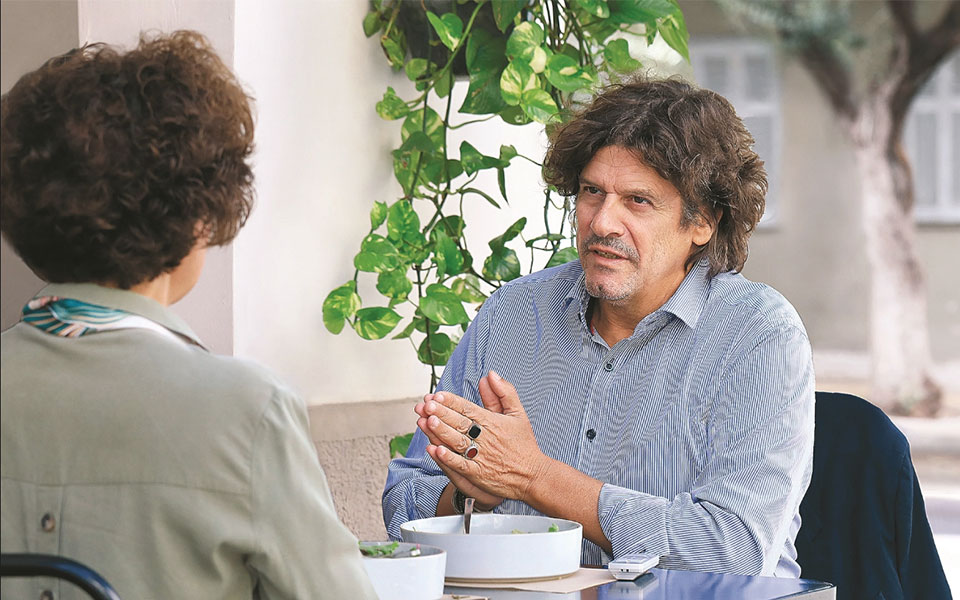
What has the journey been like so far?
It hasn’t been easy, but it wasn’t expected to be. Admitting that we knew very little about mastiha was the first step. The hardest thing was sharing the certainty that this negative situation could change. That, for example, mastiha could have many more uses beyond ypovrihio or flavoring tsoureki bread. We have references of it being used as a beauty treatment since Hellenistic times. It started being used in cosmetics in the 1st century AD, then it appeared in medicines and then in the kitchen. From the 17th to the 19th century, mastiha appeared in all sorts of medicinal concoctions, both in the West and the East. These days, inroads are being made in cosmetology, such as at Mastic Spa skincare, launched by the Sodi family, by homeopathist Maria Provata and by Benostan, which has a history of using mastiha and continues to do so today. The fact that mastiha is unique is both a blessing and a curse. You can only make progress with it when you share it.
Are you worried about the competition?
Why should we care if some industry produces a chocolate bar with mastiha, for example? We want as many good brands as possible and, at the same time, to keep improving for own part too. What we don’t like is unfair competition, products where mastiha is used but not acknowledged.
We need a more robust information campaign about mastiha. We’re happy when a big foreign cosmetics company uses mastiha as an ingredient in one of its products. Or when a Korean giant buys mastiha to make dietary supplements. We would love it even more if instead of buying the powder, they bought our ready-made products. And this is the big challenge down the line.
Mislabeling is another huge problem, especially in the big historical markets. Across Turkey, the Middle East and North Africa you will find products using resins that resemble mastiha and are labeled as the latter. It’s something that cannot really be controlled, though we do our very best to make it as hard as possible by changing our packaging often so they can’t keep up with us. There aren’t a lot of options. The only real solution is that we export the finished product.
This article first appeared in Greece Is (www.greece-is.com), a Kathimerini publishing initiative.
